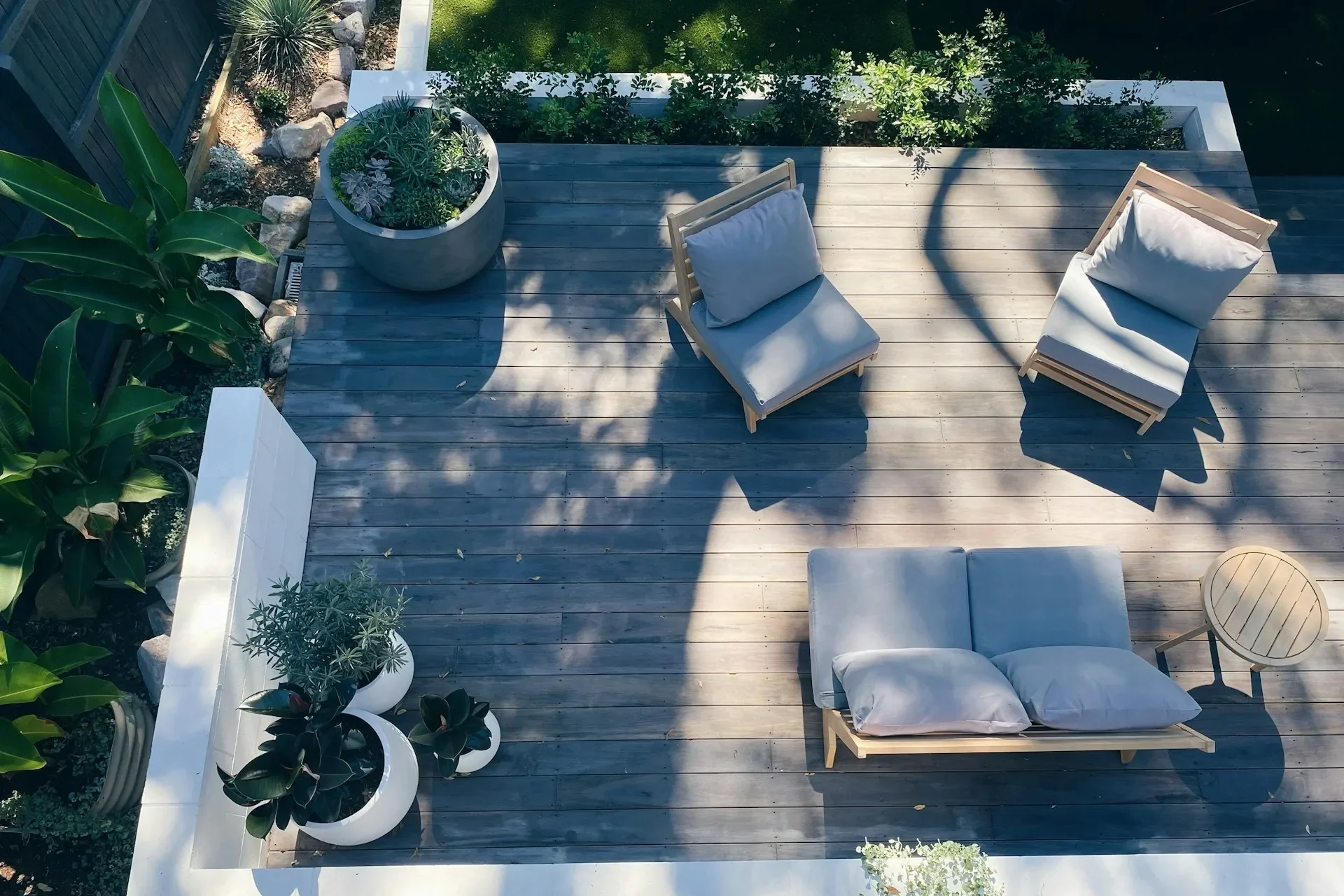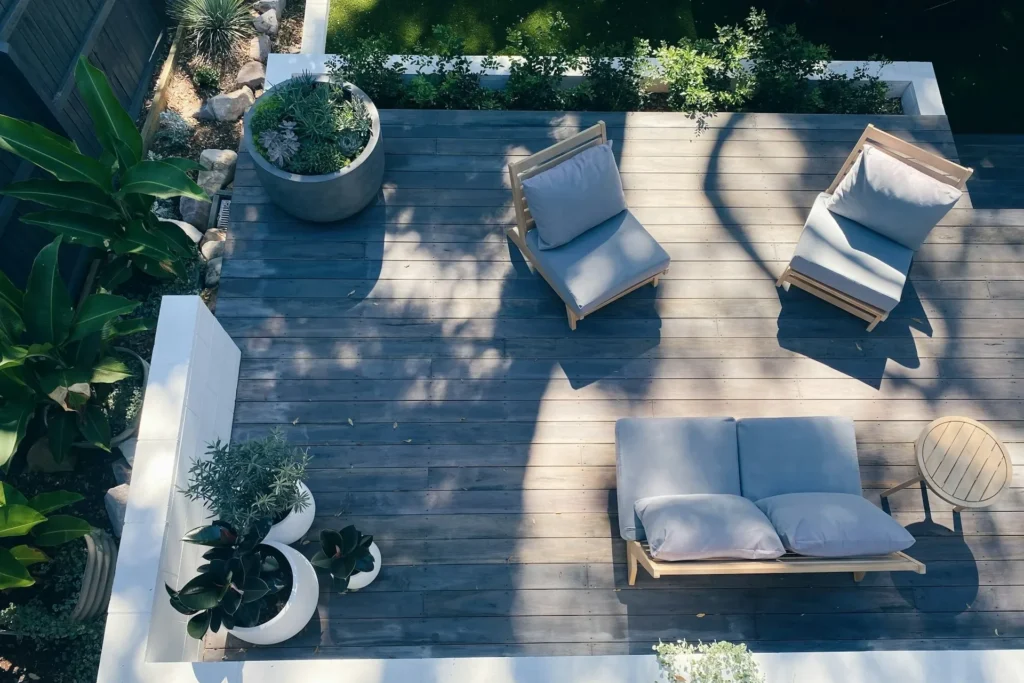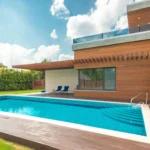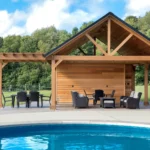When it comes to choosing the right material for decking and flooring, homeowners and builders often debate between Wood-Plastic Composite (WPC) and solid wood. Both materials have their own advantages, but which one is the better choice for your space? In this article, we’ll compare wood composite and solid wood based on durability, maintenance, aesthetics, and environmental impact to help you make an informed decision.

1. Durability: Which Material Lasts Longer?
- Solid Wood: Traditional hardwoods like teak, oak, and cedar are known for their natural strength, but they are susceptible to moisture, termites, warping, and decay over time. Without proper treatment, wood can rot, crack, or fade due to exposure to the elements.
- Wood Composite: Unlike solid wood, WPC is made from a blend of wood fibers and recycled plastic, making it highly resistant to moisture, pests, and warping. It does not splinter or rot, making it an excellent choice for outdoor decking and areas with high humidity.
Winner: Wood Composite – It offers superior durability, especially in harsh weather conditions.
2. Maintenance: Which Requires Less Upkeep?
- Solid Wood: Needs regular sealing, staining, and painting to maintain its appearance and protect it from water damage and insect infestations. Sanding and refinishing may be required over time.
- Wood Composite: Requires minimal maintenance. A simple wash with soap and water is enough to keep it looking new. It does not need sealing, staining, or painting.
Winner: Wood Composite – It saves time and costs associated with long-term maintenance.
3. Aesthetics: Which Looks More Attractive?
- Solid Wood: Offers a classic, natural beauty with unique grain patterns and rich textures that many homeowners love. It adds warmth and character to any space.
- Wood Composite: Designed to mimic the appearance of real wood, but some products may lack the authenticity of natural wood grain. However, high-quality WPC options now come with realistic textures and a variety of colors.
Winner: Solid Wood – Nothing beats the natural charm of real wood, but WPC is a close alternative.
4. Environmental Impact: Which is More Eco-Friendly?
- Solid Wood: Harvesting natural wood contributes to deforestation unless sourced from sustainable forests. However, wood is biodegradable and does not release harmful chemicals.
- Wood Composite: Made from recycled plastic and wood fibers, reducing waste and promoting sustainability. However, WPC is not biodegradable like natural wood.
Winner: Wood Composite – It utilizes recycled materials and helps reduce deforestation.
Which One Should You Choose?
| Feature | Wood Composite | Solid Wood |
| Durability | Excellent (resistant to moisture, pests, and warping) | Prone to decay, termites, and warping |
| Maintenance | Low maintenance | Requires regular sealing and staining |
| Aesthetic Appeal | Imitates wood, but not 100% natural | Authentic natural wood grain |
| Eco-Friendliness | Uses recycled materials | Deforestation concerns but biodegradable |
| Cost Over Time | Cost-effective (minimal upkeep) | Expensive maintenance costs |
Conclusion
If you prioritize low maintenance, durability, and sustainability, wood composite is the best choice for decking and flooring, especially in outdoor and high-moisture areas. However, if you love the natural look and feel of real wood, and don’t mind the upkeep, solid wood remains a timeless option.


